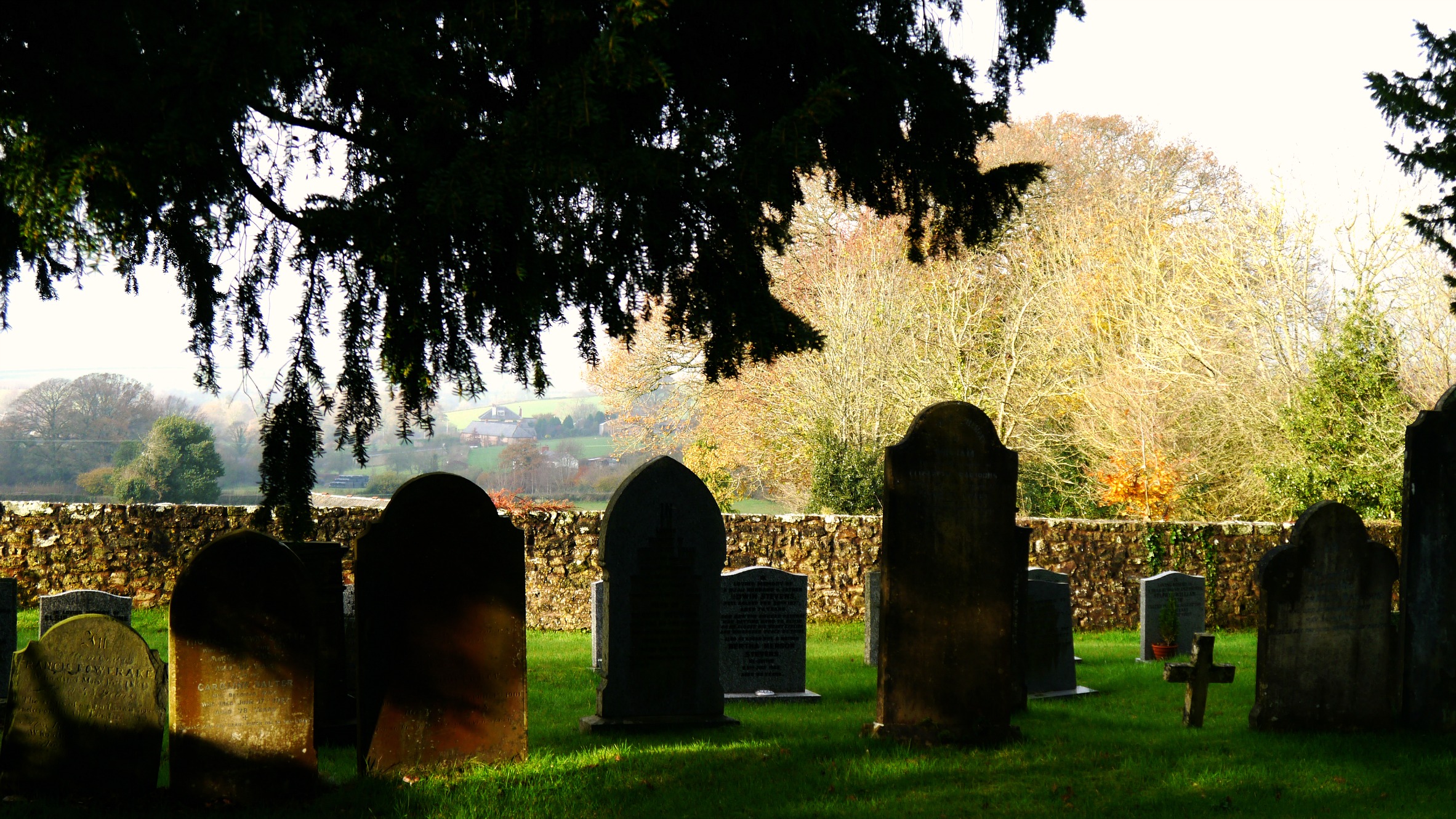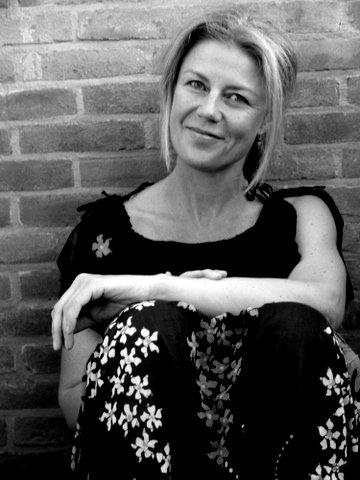

To make the pledge more firm and sure, Etched his sign manual on the door. Now when the king was in the West, And not a little in distress, He honoured Peter with a call By night, incog., but that 's not all, He wanted money for to spend In waging war, that was the end, And he knew those that had to lend. He was the subject of a lengthy verse satire written by the Republican or Roundhead faction, "very curious as a specimen of party spirit during the Civil War", known as Peter's Banquet or The Cavalier in the Dumps, written circa 1645, certainly after the Battle of Naseby on 14 June 1645 (on which day the scene is set), which includes the following lines:
TERRENCE SAINTHILL FULL
(See full text on Wikisource s:Peter's Banquet, or, The Cavalier in the Dumps)

However, shortly after his arrival he died from an illness on 12 August 1648, aged 54. In early in May 1646 he arrived in Leghorn in Tuscany to stay with his younger brother Robert Sainthill (d.post-1665) a merchant, who was agent for Ferdinando II de Medici, Grand Duke of Tuscany. Following the surrender of Exeter to the Parliamentarian forces on 9 April 1646, he received a pass from Fairfax, which allowed him to leave with "freedom from molestation for himself, with his servants, horses, arms, and necessaries", and he set off for exile in Italy. In the early autumn of 1645 Sainthill sought refuge with his wife and children in the walled City of Exeter, nine miles south-west of Bradninch. Exile in Italy and death įollowing the downturn in the fortunes of the Royalists, Sainthill fled the Parliamentarian army, which led by General Fairfax had set up quarters at Bradninch on 16 October 1645. Sainthill was appointed as one of the "Commissioners for managing the King's affairs in the West", and is mentioned by Clarendon in his History of the Rebellion as one of the Commissioners who met the Prince of Wales at Bridgwater in Somerset on 23 April 1645, "to consult on the best steps to be taken for the King's service". The royal army duly arrived in the area in September and was quartered in and around Bradninch on 17 September 1644. It was on this occasion that Sainthill is supposed to have loaned the king money for the war effort, and that in acknowledgement of such the king inscribed his initials on a wooden door in the house. The king arrived at Bradninch, where he was a guest of Sainthill at Bradninch House for one day and night on 27 July 1644. In the early summer 1644 the king was in Devonshire, and marched from Plymouth north-eastwards towards Tiverton, himself attended only by his own troop, having ordered the principal officers of the court to go to Exeter in the east, with the royal army to follow him by slow marches, and to be quartered at Tiverton and other towns adjacent. Sainthill was Captain of his local Trained Band raised in and around Bradninch, one of many raised by the king's Commissioners of Array in Devonshire. In consequence, the Parliament in their propositions for Peace addressed to the king on 23 November 1644, required that Peter Sainthill, (among others) be removed from Court, and from the King's Councils, be rendered incapable of ever holding office, and that a third of the value of his estates be employed for the payment of the public debt. Īt the start of the Civil War he was one of the 118 Members of Parliament who sat in the Parliament of Oxford, convened by the king in January 1643, and was one of the signatories of the letter to the Earl of Essex on the 27 January 1643. He was re-elected in November 1640 for the Long Parliament but supported the king and was thus disabled from sitting in January 1644. In April 1640 Sainthill was elected a Member of Parliament for Tiverton in the Short Parliament. He served in the honourable office of Recorder of Bradninch, an ancient borough the manor of which was caput of the feudal barony of Bradninch long held by the Dukes of Cornwall, eldest sons and heirs apparent to the ruling monarch. As one of the earliest pupils of that school his biography is included in the Worthies of Blundell's by M.L.
TERRENCE SAINTHILL FREE
He was educated at the Free Grammar School (now Blundell's School) at Tiverton, Devon, six miles south-east of Bradninch, founded by the will of the wealthy clothier Peter Blundell (c.1520-1601). The Sainthill family originated at the manor of Saint Hill, Devon, six miles north-east of Bradninch. Sainthill was born on 8 July 1593 at Bradninch, the son of Peter II Sainthill (1561-1618) of Bradninch House (eldest son and heir of Peter I Sainthill (c.1524-1571) of Bradninch, MP) by his wife Elizabeth Martin (d.1613), a daughter of Thomas Martin (1520/1–1592/3) of Steeple Morden in Cambridgeshire, Doctor of Civil Law and Member of Parliament. Bradninch Manor - Seat of the Sainthill family from 1553


 0 kommentar(er)
0 kommentar(er)
